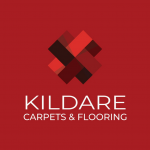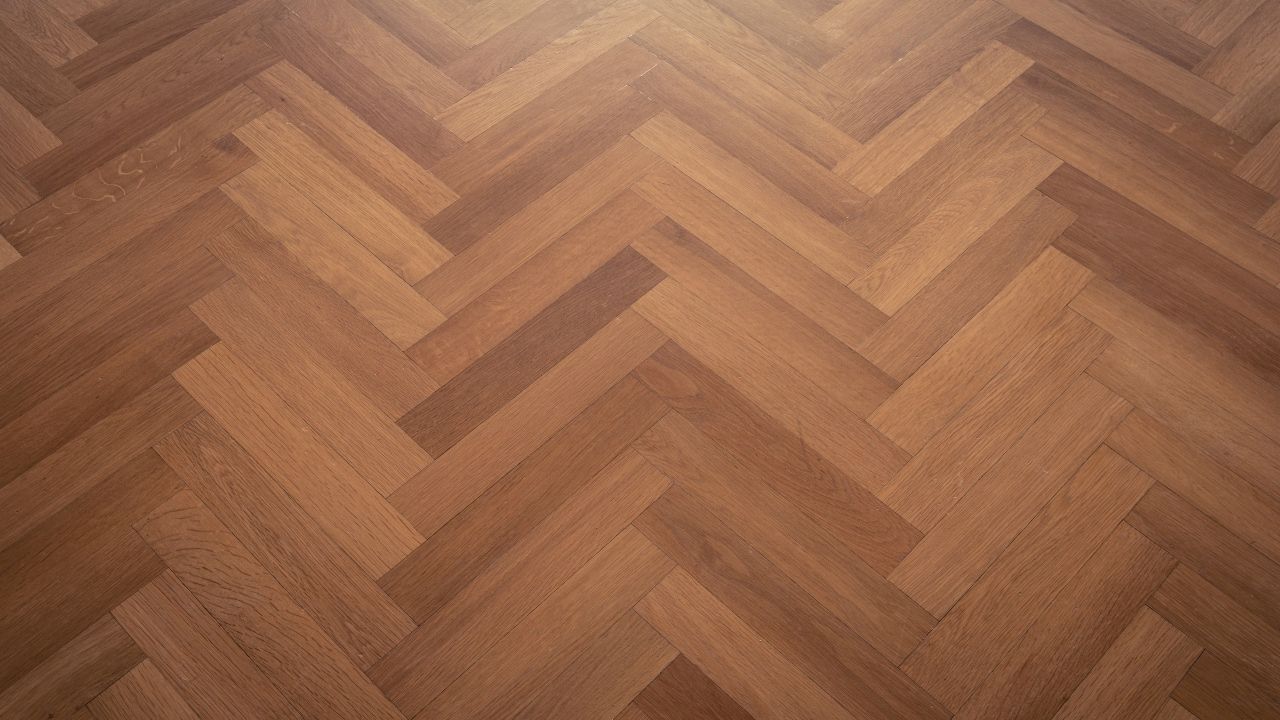Are Herringbone Floors Worth It?
Herringbone flooring is a type of flooring that features diagonal lines running in the same direction throughout the plank. This design creates a textured look and feels that is very impressive.
The darker the herringbone pattern, the more sophisticated and elegant the appearance of the flooring. Most herringbone patterns feature a lighter color in the middle of the floor, such as white, and darker color in the borders, such as black.
How Are The Tiles Formed?
The grooves are typically filled with a material that is resistant to oil and grease, which helps the flooring resist stains and wear and tear.
Most herringbone floors are made using high-density tiles, which results in a more substantial, expensive flooring option. Herringbone flooring is a popular choice for high traffic areas, such as hallways and bedrooms.
This type of flooring is also very durable, as the small blocks provide additional support to the larger areas of the pattern.
The pattern is sometimes enhanced by contrasting colors or lines, or both, creating a design feature rather than just a flat surface. This flooring is particularly popular in modernist homes and modern offices, where its clean-lined aesthetic goes well with the minimalistic design trend.
In most cases, herringbone flooring requires minimal upkeep, with some models requiring little more than a vacuum to keep it looking its best.
What Are The Benefits Of Herringbone Flooring?
Herringbone floors are a great way to update a room’s look and feel. This hardwood-like tile design comes in a variety of styles, from traditional to modern.
The patterned design is durable and easy to maintain, making it a smart choice for busy homes. The checked pattern created by the overlapping boards is both eye-catching and versatile, and the design has been popular for centuries.
This type of flooring is a great choice if you’re looking to add a certain amount of personality to your space while also providing great modern aesthetics. The best part is that herringbone floors are incredibly easy to maintain.
You can sweep or vacuum them as often as you like without having to worry about damaging the finish or fibers.
They’re also resistant to staining and wear and tear, making them a great fit for high-traffic areas like the kitchen or the bathroom. In addition, herringbone floors are a great option for homes with young children.
Add Value To Your Home
Herringbone floors are a great way to add some visual interest to a room while providing a practical function: they reduce noise and trap sound.
Unlike traditional carpets, herringbone floors can be laid in any direction, which means they can be laid in parallel or at an angle to one another to reduce noise and improve acoustics.
They’re also a great way to add some visual interest to a room without needing to introduce large patterns or shapes.
The pattern in herringbone floors is defined by a series of dark and light lines, which create a checkerboard-like effect when viewed from a distance. They’re also a great way to add a layer of warmth and texture to a room without using a bunch of different materials.
The raised herringbone pattern used in the hallway is just one example of the many ways herringbone floors can be used to bring warmth and texture to a space. They’re also an easy way to add interest to a room without taking up a lot of floor space.
In addition to their obvious beauty, herringbone floors have a number of practical benefits as well. Herringbone floors are also incredibly durable.
While other floors may show scratches and scuff marks over time, herringbone floors are practically unscratchable. On top of that, herringbone floors highly stain resistant.


Leave A Comment